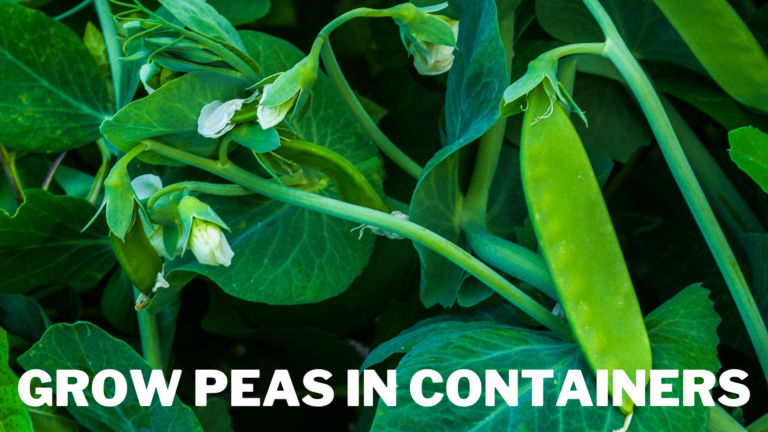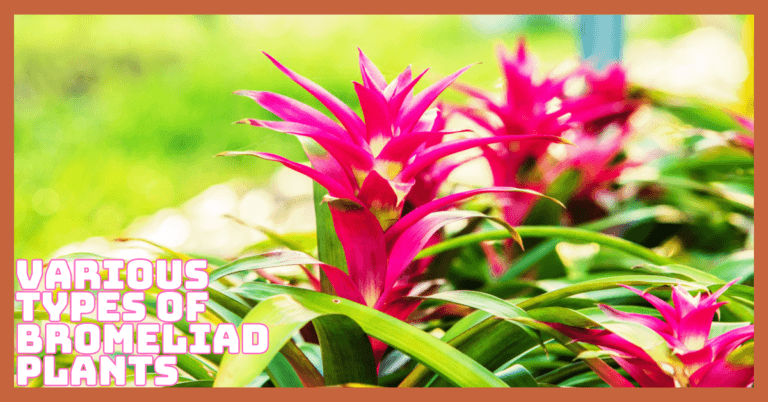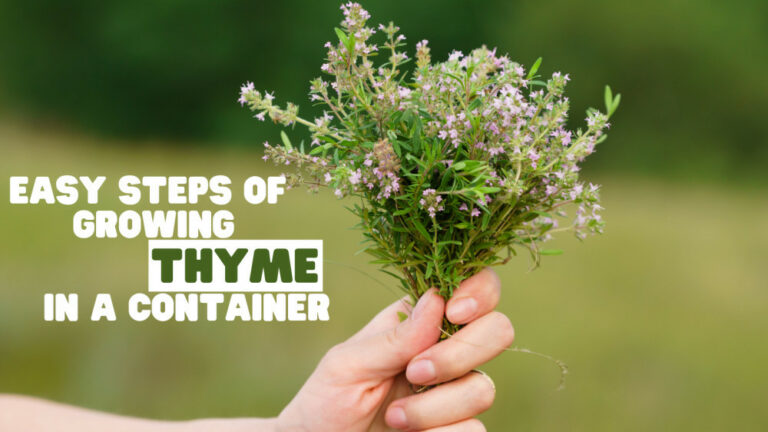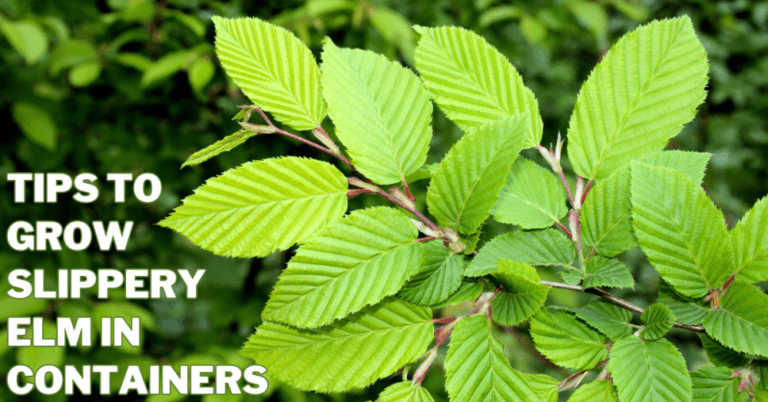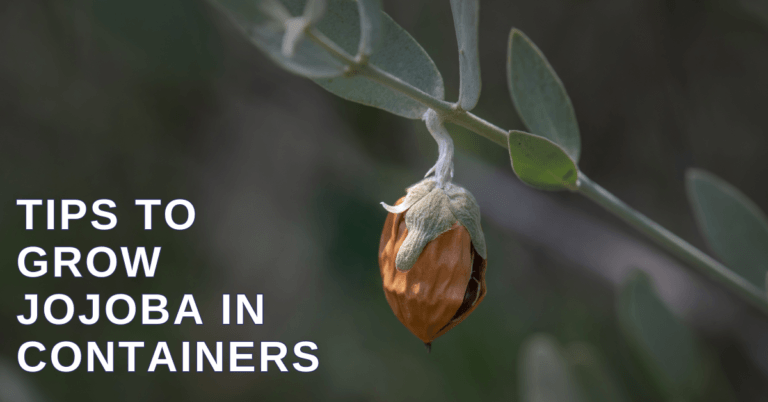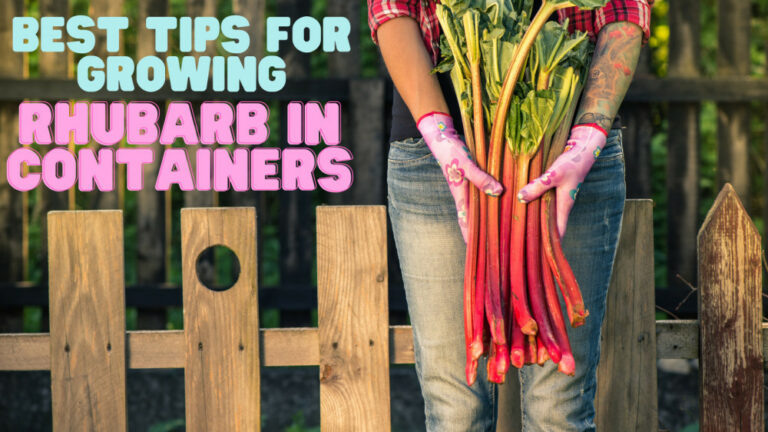Easy Steps To Grow Kava In A Container
Easy Steps To Grow Kava In A Container
Some could contend that kava consumption is far healthier than alcohol consumption. They have a good reason to think that. Some of those people are from Hawaii.
The Pacific Islanders have long preferred this earthy tea as a beverage, and now that preference is making a very noticeable resurgence.
Aside from its significance in Hawaiian mythology and religion, the drink was an excellent beverage for any occasion due to its calming properties.
Kava plant roots are used to make cold-brew tea. It is then blended with cold water and crushed into a fine powder.
Then, to make the liquid more drinkable, it is strained. Even though it sounds disgusting, the tea is supposed to offer several medical advantages that exceed the taste.
Some have even asserted that it can treat various issues, from infections to sleeplessness.
Here, we've included instructions on how to grow kava in a container efficiently so it will flourish as a lovely addition to any garden.
History & Origin Of Kava
In most South Pacific islands, kava—also called cava or ava—is a nonalcoholic euphoriant prepared from the root of the pepper plant, primarily Piper methysticum. It has a yellow-green colour and a mild bitterness.
Kavalactones are the main active components of kava. Other compounds, such as alkaloids, are also present and probably contribute to some of the beverage's adverse effects.
When used sparingly, the beverage is claimed to provide calmness, relaxation, and mild euphoria.
Travellers to the Pacific Islands, particularly Fiji, first mentioned the use of kava in the 18th century, though its history certainly goes back much further.
The ritual manufacturing and drinking of kava and a ceremonial feast are all part of the tightly prescribed kava ceremony, where the drink is usually consumed.
The kava ceremony may be performed on social or ceremonial occasions, such as the conclusion of a public assembly presided over by a chief or king, the installation of a new chief, or a meeting with a god or gods for divination.
Social occasions for the kava ceremony include gatherings of chiefs, visits from chiefs from neighbouring islands, and gatherings before the battle.
Kava is offered in several natural and pharmacological forms. In the South Pacific, it is also drunk recreationally in liquid form at kava bars.
The late 20th and early 21st centuries saw an increase in kava consumption, which exposed its propensity to have hazardous consequences for some people.
For instance, its use has occasionally been connected to severe liver damage necessitating a liver transplant.
Lethargy, appetite loss, weight loss, and nausea are possible side effects of excessive consumption.
The likelihood and degree to which kava generates hazardous effects appear to be influenced by the individual cultivar, plant age, and other elements connected to the raw materials utilized in kava production and processing.
Kava is prone to adverse effects, even though they often don't cause any trouble for most people.
Types Of Kava (Piper methysticum)
The common characteristic of all kavas is their capacity to enhance serenity, relaxation, and a sense of well-being without impairing mental clarity.
However, there are numerous kava types, and each one has a distinctive blend of kavalactones (referred to in a shortened form as the kava chemotype) that, along with elements like the mode of ingestion and overall potency, will determine its particular effects.
Three general categories of kava variants can be distinguished:
1. Tudei Kava
For many, many generations, people have drunk tudei kava. Native Americans have always used this kava in ceremonies and for therapeutic purposes.
It's not often consumed every day. Growers prefer the variants of tudei kava because they mature more quickly and provide more harvestable plants.
Some of these tudei kava varieties contain a significant amount of kavalactone. That's fantastic, right? Not so much, I'd say.
Headaches, intense fatigue, and nausea are unwelcome side effects of these kavas with extremely high kavalactone contents.
And to make matters worse, these are long-lasting adverse effects. Those darn things are lengthy … instead of two hours, they last more like two days.
Due to the significantly increased prevalence of two specific kavalactones, dihydrokavain and dihydromethysticin, these adverse effects are extremely frightening.
While kavalactones give kava its cheery, magical quality, they can be too much for our bodies to handle when present in extremely high concentrations.
2. Noble Kava
Most individuals prefer noble kava because of how their bodies respond to it. Noble kava can be consumed daily without causing side effects like weariness, nausea, or headaches, unlike tudei kava. Producers are well aware that noble kava requires much time, patience, and effort.
They develop quite slowly as infants. Noble kavas are even more unique because their rootstocks are smaller than those of tudei kavas.
One further justification for the higher cost of noble kava. Noble kava contains various chemotypes, such as tudei.
You should select noble kavas with high kavain content and low DHM content if you want to experience the most pleasant effects.
3. Fiji Kava
Kava is the national beverage of Fiji and is known there as Malogu or Yaqona. The word “malogu” is related to calming effects on the body. Yaqona is known for having a harsh, earthy flavour.
These are the various varieties that can be found in Fiji: yalu, matakaro balavu, matakaro leka, vula kaa balavu, vula kaa balavu, loa kasa balavu, loa kasa keka, damu, dokobana loa, dokobana vula, loa kasa balavu, loa kas.
4. Samoan Kava
Native Samoans refer to their kava as ava. Ava loa, ava la'au, ava tonga, and ava lea are some of their kava varieties.
5. Vanuatu Kava
Most people think kava came from the islands of Vanuatu. There are more than eighty different kava varieties there.
Leay, melmel, melomelo, miela, naga mfwok, pualiu, puariki, sese, silese, urukara, borogoru, borogu, olitao, palarasul, palasa, parliament, pia, poivota, ge gusug, ge vemea, ge wisiwisket, kelai are the primary noble.
6. Hawaiian Kava
They refer to it as awa in Hawaiian. Each of their thirteen kava variants is safe to consume.kumakua, mahakea, mapulehu, hanakapi'ai, hiwa, honokane iki, pana'ewa, papa ‘ele ele, moi, nene, and opihikao are the kava types that can be found in Hawaii.
Growing Kava In A Container
Kava kava (Piper methysticum) is a huge, glossy, evergreen plant that grows well in tropical environments.
In the U.S. Department of Agriculture plant hardiness zones 11 through 12, kava grows 10 to 15 feet tall and wide when planted outdoors; the shrub is smaller when grown in a container and overwintered indoors in colder zones.
Most kava plants grown for consumption are male and produce spikes of tiny, creamy-white flowers 5 inches long all year.
Steps To Grow Kava In a Container
Kava is a crop that must be clipped since it grows very tall. The plant appears to have two corn stalks merging at the summit to form an airy, umbrella-like crown.
As long as you maintain it well-watered during drought or dry weather, it should grow easily.
Before harvest, kava takes roughly 18 months from the seeds' planting, but you can get more than 30 pounds of roots if you add a footer to your pot, which should be about 20 inches high.
When planting underground, you'll need a soil container with good drainage holes for the root system. This container should contain compost, sand, and thick, fertile dirt.
Because kava has shallow, non-aggressive roots that do not dig deeply into the soil to find water sources, it can also be grown in a pot, but it will require more care than if planted in the ground.
It is simplest to grow kava outside because it requires a lot of room around its root system, and you can allow it space for full growth without worrying about crossing your neighbour's property boundary.
Unless we experience a prolonged dry spell that needs daily watering during drought or dry weather, watering once or twice a week should be sufficient.
1. Places To Grow Kava
Kava grows in the wet tropics, typically below 2000 feet in height. Hawaii and Vanuatu are the two most well-known kava-growing areas.
Because it does not grow well outside this region, kava is not commercially farmed elsewhere.
The optimum soil for producing kava is loam, which has been improved by adding organic matter, such as compost or manure, to the top layer of soil.
A plant exposed to a pH between six and seven will generate more roots but fewer leaves than one exposed to a more acidic pH level (pH four to five).
Kava does not naturally grow outside. It is a cultivated plant, which implies that it thrives when intentionally planted and fostered by people as a component of an agricultural system.
Kava plants can grow on soil specially cultivated using organic fertilizers like manure or compost.
They can be cultivated indoors in pots or containers, but they must be placed outside so they can get access to sunlight and clean air.
2. Sunlight Requirements To Grow Kava In A Container
Kava favours a shaded setting. Kava is not one of those plants that can grow everywhere; it needs a lot of sunlight to thrive.
Although it doesn't require a lot of direct sunlight, it does need as much protection from the sun as possible for optimum growth.
If you can't afford a spot in the garden full-time, you should generally give your plant around four hours' worth of morning or afternoon shade throughout the busiest summer months (say under trees).
If all else fails, you can try to cover your plant with shade cloth or a light-blocking screen.
3. Humidity & Temperature Requirements To Grow Kava Plants
In its preferred partial-shade, moist, protected growing circumstances, kava kava lives 15 to 30 years.
Grow kava plants in a spot with deep, rich organic soil that is moist and well-drained, spaced 10 to 15 feet apart. A partially shaded site receives two to four hours of sunlight each day.
Rainfall included kava kava needs between 39½ and 118 inches of water annually. Regularly water the soil throughout the year to keep it moist for the plant while avoiding overwatering.
Despite thriving in soil with a pH range of 5.5 to 6.5 and at an elevation no higher than 2,625 feet, this evergreen shrub is vulnerable to moderate to strong winds.
Grow kava kava in a large container to accommodate USDA zones 10 and lower.
4. Fertilizer Requirements To Grow Kava
Regular fertilizer treatments maintain the lush, deep-green leaves of kava.
Feed a shrub every three months year-round when growing outdoors in the ground. Use a slow-release, granular 12-4-8 fertilizer at a rate of 4 tablespoons per 4 square feet of soil surface within the shrub's drip line or the area below its limbs.
A water-soluble 24-8-16 fertilizer should be diluted every two weeks at ½ teaspoon per 1 gallon of water.
When overwintering a potted plant inside, fertilizing continues as long as it grows and stops when it does not.
Alternately, apply fertilizer as directed by the manufacturer. Look for white deposits, a symptom of too many fertilizer salts, on the surface of the potting soil of a container plant.
To remove extra salts, slowly and continuously pour water into the container until it drains through the drainage holes at the bottom.
5. Pruning And Protecting Kava Plants
Kava plants don't require much pruning or safeguarding. Pruning shears should be sterilized by wiping them with rubbing alcohol before use, and old, rotting leaves should be removed from indoor and outdoor plants after the growing season.
After you're through, sterilize the shears once more. Lower-hardiness heliconiodes may wither after a cold snap, but they typically reappear as the temperature increases in the spring.
When your indoor heliconia stops growing in the fall, move it to a light position in a heated region of the house but away from direct heat if it grows in an unheated conservatory or another area of your home that sees low temperatures in the winter.
6. Pests & Diseases Of Kava
Although serious pests and illnesses seldom damage kava kava when grown in a garden, it can happen periodically.
Some issues that may impact kava include kava die-back, Pythium root rot, Phoma shot hole, root-knot nematode disease, spider mites, and melon aphids.
Some disease signs include wilting, dying foliage, poor growth, yellowing leaves, and circular patches on leaves. Moving or removing a diseased shrub is the most practical remedy for home gardeners.
Poor growing conditions, such as poorly drained soil and diseased stock, are the primary sources of illnesses.
Yellow-speckled leaves and tiny, green insects on the undersides of leaves and shoot tips are indicators of spider mites and melon aphids.
Spider mites and aphids can be controlled by twice-daily fine-mist water sprays that increase humidity. Aphids can be driven away with a powerful water jet from a garden hose.
7. Harvesting Kava
The kava plant can be harvested after three to five years. Huge pieces of the root that have grown into one another and can be torn off and replanted to form new plants are removed using this technique.
The roots are then allowed to dry for a few days or weeks before being deemed valid. When this occurs, it is occasionally combined with other ingredients, such as water or coconut milk, to make swallowing easier.
Before mixing the dry powder with more liquid, such as fruit juice or tea, it might be necessary to grind it up until it resembles a paste.
Huge pieces of the root that have grown into one another and can be torn off and replanted to form new plants are removed using this technique.
The roots are then allowed to dry for a few days or weeks before being deemed valid.
Conclusion
Kava is a robust plant that can be cultivated in various conditions and shouldn't need much upkeep.
Understanding your cultivar's soil, water, and sunlight requirements and ensuring you have adequate space for them to develop without affecting other plants or crops nearby are essential to successfully growing kava plants.
Here, we've included instructions on how to grow kava at home efficiently so it will flourish as a lovely addition to any garden.
I trust you enjoyed this article on the Easy Steps To Grow Kava In A Container. Please stay tuned for more blog posts to come shortly. Take care!
JeannetteZ
>>>Please click here to read my all-inclusive article about Container Gardening<<<
>>>Are you interested in homegrown herbs and medicine? Please click here to find out more about it!<<<
Your Opinion Is Important To Me
Do you have thoughts, ideas, or questions? I would love to hear from you. Please leave me your questions, experiences, and remarks about this article on the Easy Steps To Grow Kava In A Container in the comments section below. You can also reach me by email at Jeannette@Close-To-Nature.org.
Disclosure
This post may contain affiliate links. As an Amazon Associate and other affiliate programs, I earn from qualifying purchases at no extra cost to you. Read my full affiliate disclosure.
You might also enjoy these blog posts:
Easy Steps To Grow Marigolds In A Container
Easy Steps To Grow Ashwagandha In A Container
Easy Steps To Grow Ginger In A Container
Must-Have Products For Dog Owners














